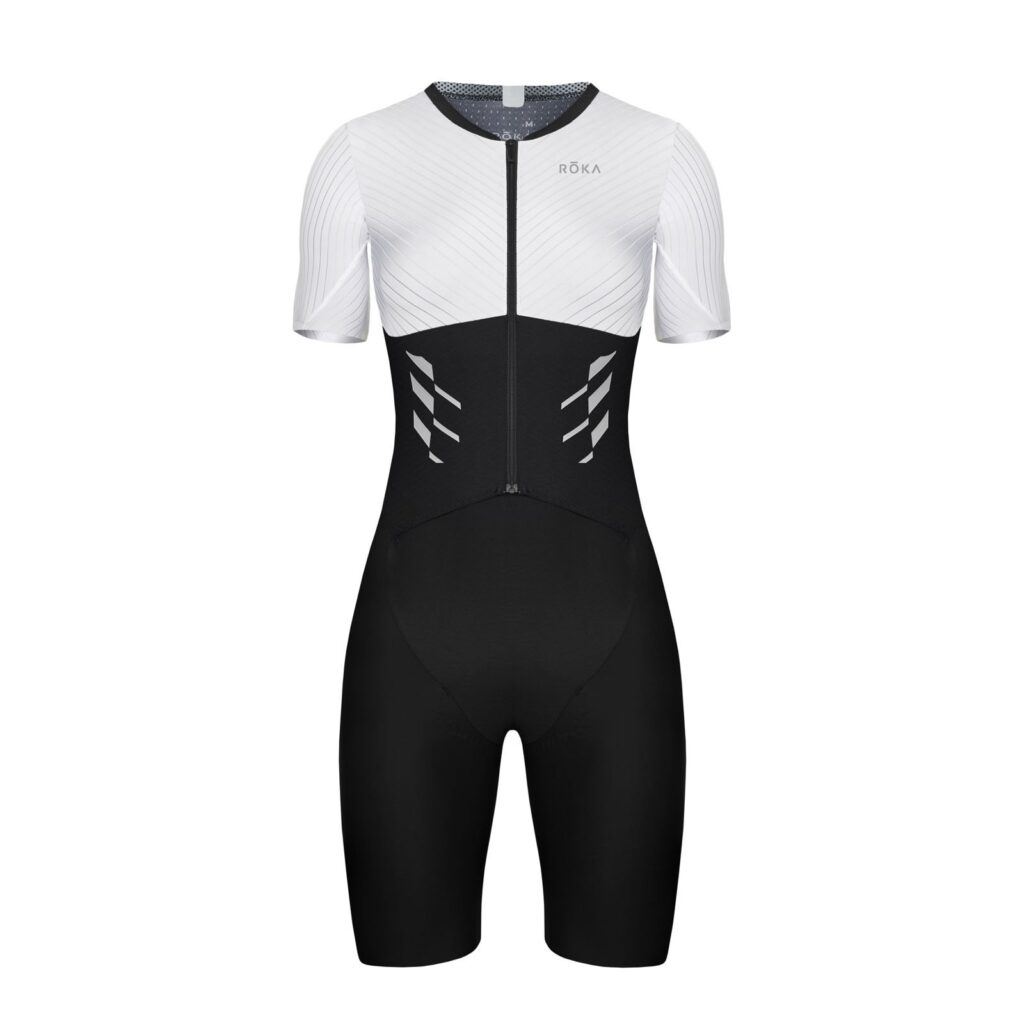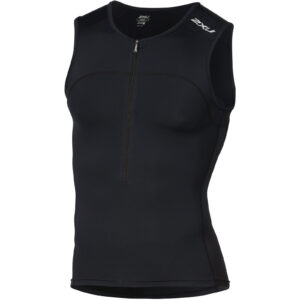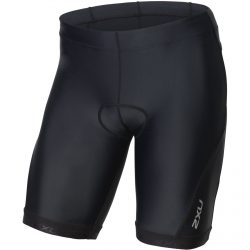What to wear under a wetsuit for a triathlon
What should you wear under your wetsuit for a triathlon? We outline what you need to know before your first race in open-water
What should I wear under my triathlon wetsuit?
The best thing to wear under your wetsuit in a triathlon is the same kit that you will wear for the bike and the run. This is because you want to avoid having to change clothes during the race. There are a few things that you could choose to wear under your wetsuit but there is one piece of kit that stands above the rest – a triathlon suit.
What is a triathlon suit?
A triathlon suit or tri suit is a piece of clothing that you can use for swimming, cycling, and running. It is made of a thin material that makes it quick-drying and breathable. The key feature is a thin chamois pad in the shorts that dries quickly after the swim, keeps you comfortable on the bike, and doesn’t irritate you during the run. This makes a tri suit is the ideal piece of kit to wear under your wetsuit for a triathlon.
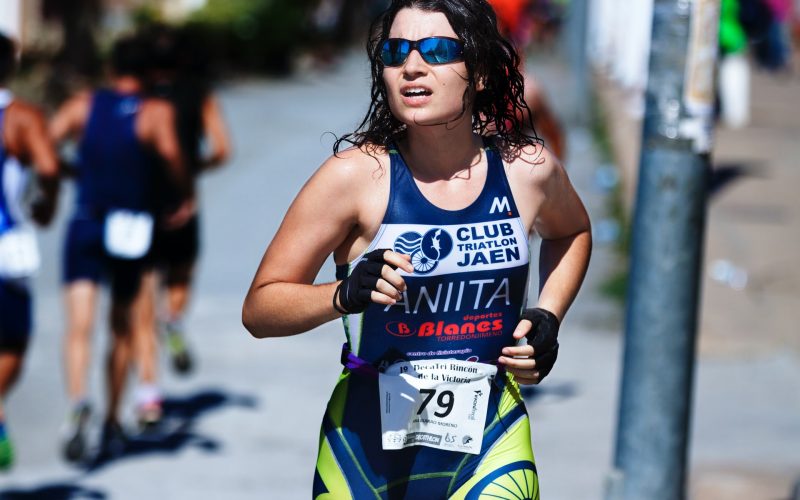
Benefits of a tri suit
No need to change
The main benefit of a tri suit is that it can be worn for the entire race. This means you won’t need to waste time in transition putting on new kit. It also makes it easier to keep your transition area tidy which can prevent other problems.
Quick-drying
Wetsuits are designed to keep you warm, not to stop you from getting wet, so the kit you wear underneath must be quick drying. If you opt for a cotton t-shirt it will stay damp for the entire race. However, a tri suit will dry out soon after you start cycling.
Comfortable
The padding in a tri suit makes sitting on a bike much more comfortable. Although the pad is not as thick as a cycling short pad, it will dry faster after the swim and be more comfortable on the run.
Different types of tri suit
One-piece
One-piece tri suits are single garments that are usually sleeveless on the top and cut off just above the knee. They are generally the go-to choice for triathletes who want to be competitive. This is because they are aerodynamic and often feature compression material, which decreases muscle fatigue. There are also fewer seams, reducing the likelihood of chafing. However, they can cause people to overheat and bathroom breaks are harder. For these reasons, one-piece tri suits are more common in shorter races.
Two-piece
A two-piece tri suit comes with a separate top and shorts. The main advantage of this is that it makes mid-race bathroom breaks easier. It is also easier to get a good fit as you can buy different sizes for the top and shorts. However, they are less aerodynamic and the top can ride up. They are generally sold as a set but you can mix and match with different brands. Two-piece suits are more common in longer races.
Triathlon suit 101
- A tri suit is designed to be worn against your skin, so you don’t need to wear anything underneath it.
- Practice swimming in open water with your triathlon suit under your wetsuit. This is to make sure it is comfortable and doesn’t ride up at all. It is always a good idea to practice in the same kit you will wear on race day.
- You should also practice cycling and running in your tri suit before race day. Again, this is to avoid any unpleasant surprises during the race and to make you more comfortable.
- A tri suit is also ideal for a pool swim, as you don’t have to change your kit in transition. You only need to pair it with a wetsuit for an open-water swim in cold water.
- A tri suit is not made with neoprene so offers no buoyancy or warmth. For this reason, you most likely be able to swim faster with a wetsuit on top.
What else can i wear under a triathlon wetsuit?
Swimming costume
If you don’t own a tri suit, you can wear a swimming costume under your wetsuit. Once you remove the wetsuit after the swim, you can then pull on your cycling kit in transition before getting on the bike. Wearing a swimming costume will likely have no negative impact on your swim, but you lose some time by needing to change into your cycling kit.
What not to wear
Cycling shorts
You may think you can avoid changing in transition by wearing your cycling shorts under your wetsuit. However, wetsuits do not keep your kit underneath dry, so the chamois pad will absorb lots of water. This pad is much thicker than a tri suit pad and so will take a long time to dry. You do not want to cycle with a wet chamois pad as the likelihood of chafing is high.
Baggy clothing
You might want to wear your running top or shorts underneath your wetsuit. However, these can cause problems because they are usually not form-fitting. Baggy clothing can ride up underneath the wetsuit and you will not be able to adjust it during the swim.
Do you need to wear a wetsuit?
Depending on the race, you may not need to wear a wetsuit for a triathlon. The temperature of the water will dictate whether or not wetsuits will be allowed during a triathlon. If the temperature is below 61°F (16°C) then wetsuits are mandatory for all athletes, whilst if the temperature is above 84°F (29°C) then wetsuits are banned. For more details check out our guide to triathlon wetsuit rules.
Why you should wear a wetsuit
If wetsuits are allowed but not required, we recommend that you do wear one as they offer many benefits, especially for beginner swimmers.
Warmth
If the water is cold for your triathlon, a wetsuit will make you more comfortable. Swimming in cold water can be dangerous, and a wetsuit will mitigate these risks. It can become hard to swim effectively if you get too cold.
Buoyancy
The buoyancy that neoprene provides is a major advantage of wearing a wetsuit. It will be easier to maintain good swimming form as the wetsuit helps to keep your legs high in the water. This will allow you to complete the swim faster than if you were not wearing a wetsuit. Furthermore, if you panic it will be easier to float whilst you wait for help.
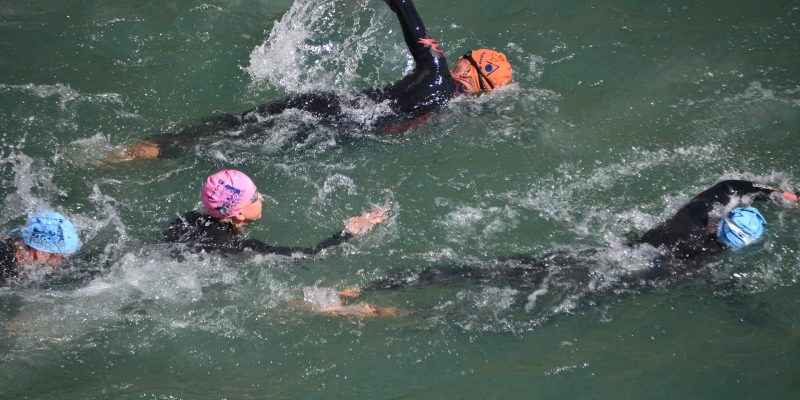
Advice for your first open-water triathlon
Practice swimming in open-water
Open-water swimming can be intimidating for inexperienced swimmers. It feels very different from pool swimming, as the temperature is lower and visibility is often poor. However, if you practice at least a few times before your race you will feel far more confident about the swim. You don’t have to swim far, just get comfortable being in the water.
Go slow and steady
It can be easy to start your swim too fast because of the excitement of the race and the other triathletes alongside you. This can cause problems further into the swim if your heart rate gets too high. Swim at a comfortable pace from the start that you know you will be able to maintain for the entire swim.
Body Glide
Wetsuits can cause chafing for some triathletes, especially around the back of the neck. Use a lubricant like Body Glide to avoid this, although don’t use petroleum-based products as they can damage your wetsuit. Body Glide can also help you remove your wetsuit more quickly if applied to the legs and arms.
Get in the water before the start
The shock of the cold water can make the start of the swim very difficult. If possible, get in the water just before the start to acclimatize yourself to the cooler temperature. Practice breathing out underwater and do a few strokes. This will make it much easier to get into your rhythm once the race begins.
Sighting
Sighting is an important skill to practice before an open-water swim. It is quite difficult to swim in a straight line without the blue line on the bottom of a swimming pool. You should lift your head out of the water every 5 to 8 strokes to make sure you are on the right course. This can be tricky to get right without your form falling apart so it is a good idea to practice in the pool.
Practice transition
It is also a good idea to practice your transition after the swim. Most triathletes will remove the top half of their wetsuit on the way to transition, pulling off the bottom half when they reach their bike. You will then put on your helmet and cycling shoes before grabbing your bike and heading out on to the next leg of the race
Triathlon wetsuit care
It is important to look after your triathlon wetsuit, as it is a high-tech piece of kit. If you don’t take care of it, it will lose its performance benefits over time and likely won’t last as long. To help increase the life of your wetsuit, you should clean it regularly and store it correctly. For a full list of the steps you need to take check out our guide to triathlon wetsuit care.
Need to buy some triathlon kit?
We have a range of buyer’s guides to help triathletes make smart buying decisions. Check out our gear page to see all of our buyer’s guides.
Email: contact@smarttriathlete.com
